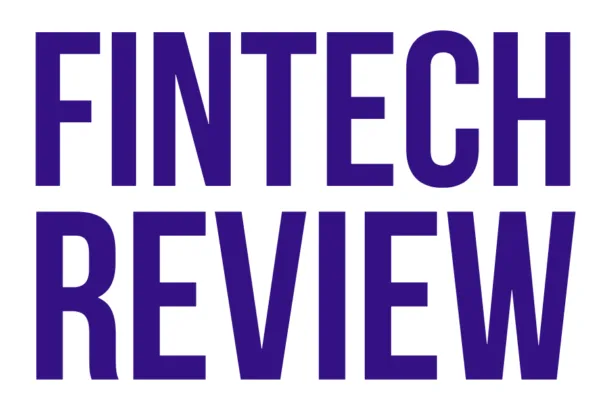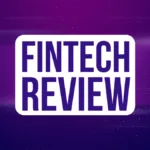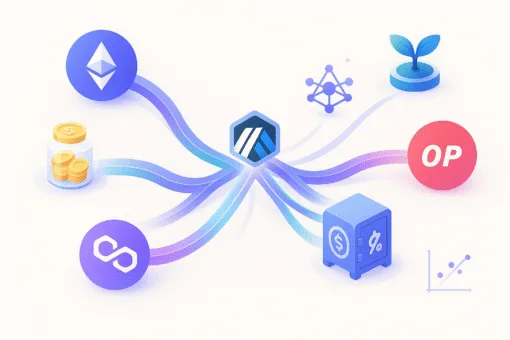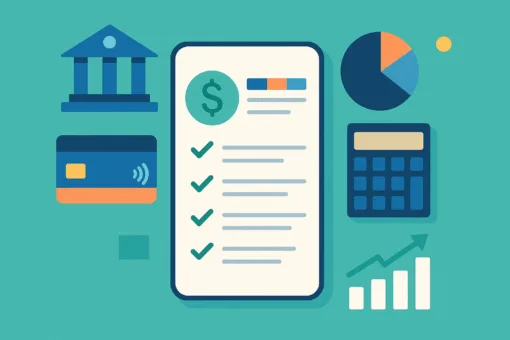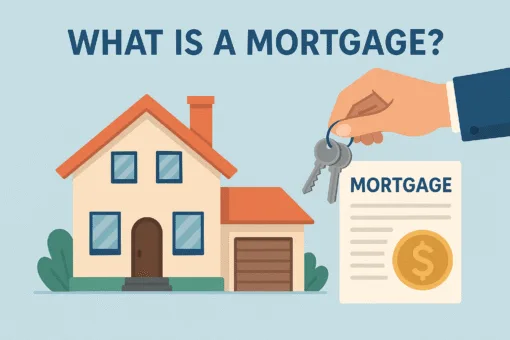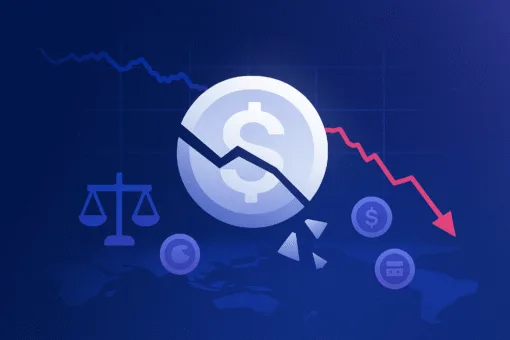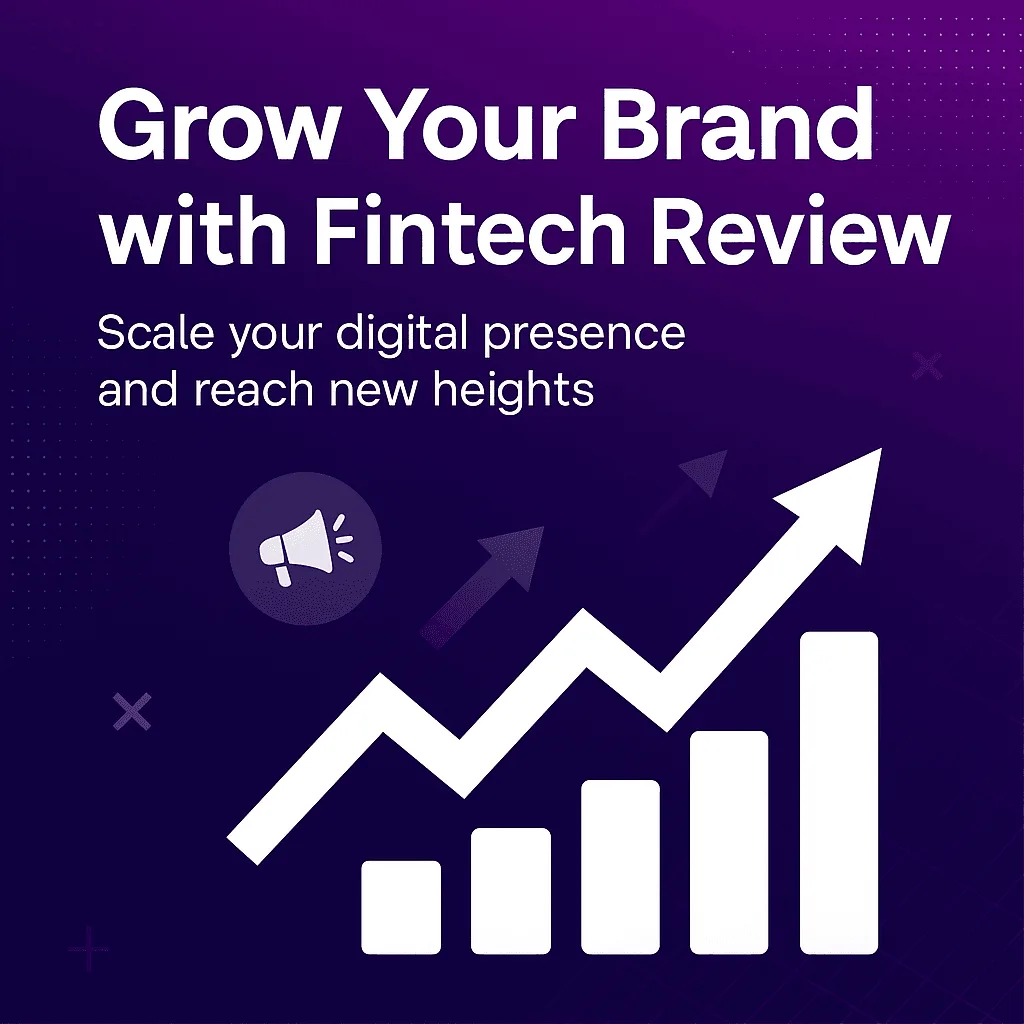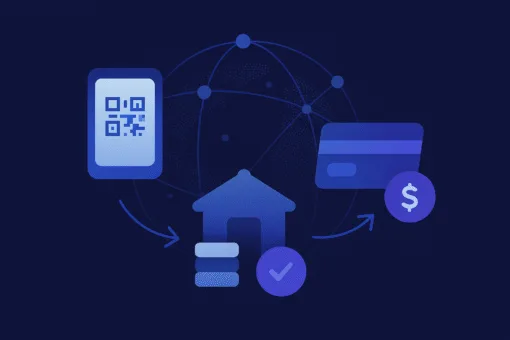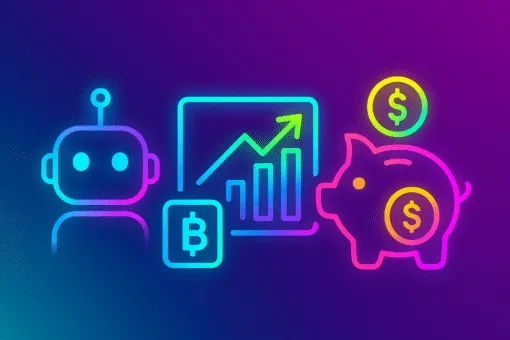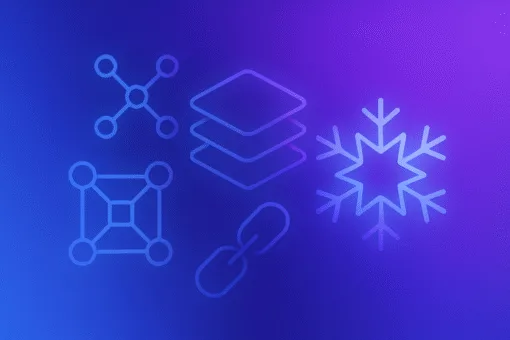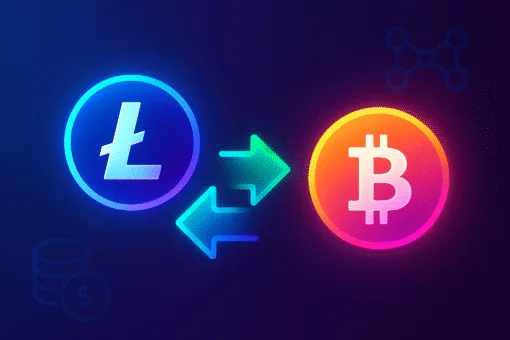This is a guest post on SaaS & Fintech by Slava Podmurnyi is the CEO & Co-Founder of Visartech Inc., a software product development agency that creates custom digital solutions for all-sized businesses operating in various industries.
At present, most of the consumer apps are in fact SaaS. An acronym for Software-as-a-Service, this model started its proliferation about a decade ago. The rise of cloud computing and increased internet bandwidth were the drivers of that growth. Most of the apps we use on a daily basis are no longer locally installed on our systems. Instead, we access them over the internet for regular subscription fees.
SaaS is also a software delivery model of choice for many companies that are using it in project management, collaboration, human resource management, CRM, asset management, and other business domains. It was once considered only viable for startups and small businesses. However, the SaaS model now dominates large enterprises that increasingly rely on it for application services.
SaaS and Fintech: the Similarities

The current state of the fintech industry allows experts to draw many parallels between fintech and the Software-as-a-Service delivery model. Below are some core characteristics shared by both fintech and SaaS.
Software delivery model: Essentially, most fintech firms are SaaS companies. Fintech vendors offer internet-based software tools and services for banking, insurance, investing, money transfer, lending, trading, etc., for consumers and businesses.
Monetization model: Most fintech services and SaaS are available on a subscription basis, although monetization types may range from in-app advertising to crowdfunding, depending on a particular app type. Fintech apps that process payments may also charge transaction fees.
SaaS and Fintech: the Differences

Let’s now see what set’s these two concepts apart.
Regulatory compliance: Fintechs have to comply with a set of regulatory requirements specific to a particular country or state. Today, a layer of intermediary companies has emerged to help fintech vendors with legal regulatory compliance and offering regtech as-a-service.
Advanced security practices: Because fintech companies are dealing with clients’ sensitive and classified data, the security practices they use have to be more advanced. As a rule, top fintech companies leverage AI and real-time data analytics for detecting suspicious activity and preventing fraud.
All in all, SaaS is a broader concept: while most fintech solutions are also SaaS solutions, a SaaS solution does not necessarily include fintech services.
Fintech and SaaS: the Advantages

SaaS apps have many advantages over legacy software delivery models:
- Ease of entry
- Flexible pricing
- Lower TCO (Total Cost of Ownership)
- On-demand scaling during peak workloads, eliminating the need to acquire infrastructure capacities that will stay idle most of the time.
Similarly, web-based fintech services offer scalability, affordability, and ease of entry. What fintech brings to the table is streamlining financial operations and automating routine, time-consuming tasks.
Ultimately, the benefits of fintech solutions include:
- Simplifying complex financial operations like payment authorization
- Controlling the expenditures
- Data analytics
- Fraud prevention
- Payroll managing
- Taxing
- Automated report generation, and more.
Indeed, fintech solutions revolutionize businesses and open a range of opportunities for individuals. Consumers can now perform complex operations that previously required going to a physical bank, with a single tap on a smartphone screen or a mouse click. PayMyParents, for example, is a lending app that allows users to easily transfer money to support friends and relatives.
Closer than you might think…

Both fintech and SaaS products are, in essence, web-based services available to end customers on a subscription basis. Both are beneficial in many respects.
On top of that, the fintech business is now more open to new entrants than ever. Fintech infrastructure providers are now helping companies outside the financial sector to build fintech products. These companies are now capable of including fintech into their product portfolios by leveraging fintech infrastructure services accessible via the Internet on an as-a-service basis.
The parallels are obvious: just like SaaS has transformed the software delivery model, fintech businesses account for radical changes in the ways financial services are delivered.
The emergence of fintech infrastructure providers is already having a disruptive effect on vertical SaaS markets (the markets for apps centred around a particular market segment or industry). SaaS vendors are not only offering companies business tools built specifically for meeting their business requirements, but also address their financial needs.
Take Veeva, for example. A custom CRM for the pharmaceutical industry, Veeva has a market share of around 60%, which it strives to expand by adding fintech services. Vertical SaaS products are tightly integrated into enterprise ecosystems and can easily cover lending, equipment purchases, compliance, cards, benefits, and payroll.
As companies begin to leverage embedded finance, which is the term referring to the use of fintech infrastructure services outside traditional financial service areas. The embedded finance market value has already reached $43 billion and is expected to reach $128 billion five years from now.
Final Thoughts
In a nutshell, fintech and SaaS not only have much in common: the two industries are mutually enriching and closely interconnected.
Moreover, fintech infrastructure services are currently opening new business opportunities for every company, regardless of industry and business type.
About the author: Slava Podmurnyi is the CEO & Co-Founder of Visartech Inc., a software product development agency that creates custom digital solutions for all-sized businesses operating in various industries. Within 14+ years of working in high-tech, he has gained wide expertise in software development including API development & integration, management, and business development. His dream is to make the world a better place with art and technologies.
